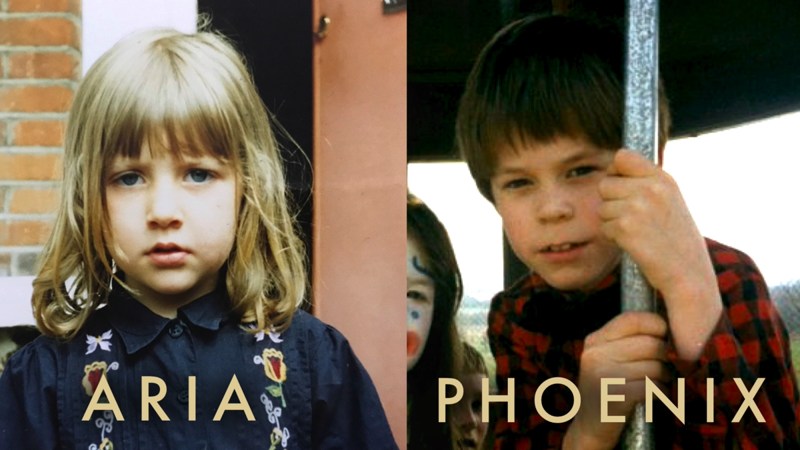— 1st September, 2024 —

This is a transcript of an episode from the Phoenix & Aria Speaking Out podcast. If you would prefer to listen to the original audio-recording on which this transcript is based, you can download a zip file containing the original MP3 audio recording by clicking here. The transcript below is substantially edited for legibility, and to add new information.
ARIA: On the surface, I was very quiet and doing well at school. But, underneath the surface, there was a massive drug problem at my secondary school. It was allegedly one of the best 'state schools' in the area, and all of this kind of self-aggrandizing stuff.PHOENIX: And what is the name of the school?
ARIA: Waldegrave School for Girls. Young men parked outside the school supplying children with drugs: Heroin and cocaine. These were drugs that children used to self-medicate on account of the abuse.
PHOENIX: As the trauma-specialist, Dr. Gabor Maté, observed of patients in his addiction clinic in Vancouver: All of his patients that were addicted to heroin were sexually abused as children. This sounds like it was the same in your case.
ARIA: Heroin was actually the only thing that got me through school. In a way I have to thank these opioid substances because they kept me alive. There was no other option but those substances to keep me living. But there was a big price to pay for that because I remember the drug-dealers would sometimes abuse children in their cars.
PHOENIX: Recently, you and I watched a movie called 'Die Kinder vom Bahnhof Zoo', or 'The Children From...'
ARIA: It's called: 'Christiane F - Wir Kinder vom Bahnhof Zoo.' It's a complicated name.
PHOENIX: In English, it means 'the children from the zoo station'. Which refers to the Zoological Garden in Berlin. I highly recommend that listeners watch this movie because it's a great exposé. It shows the reasons why children turn to drugs like heroin,
The movie probably could have gone further, but there's an interesting scene where the child, Christiane F, is at a very low point. Her addictions have reached apogee, and she's really struggling. At this point, she reaches out and tears wallpaper off the wall of her bedroom. There,n underneath the more recent wallpaper, is wallpaper that she had when she was a kid.
The wallpaper has got kids toys and stuff on it. I really feel like that scene, very carefully and subtly, exposes the fundamental origin of her addictions. The origin is, of course, childhood sexual abuse. It's a very interesting and powerful movie to watch because, within the limits of the time in which it was made, it hints very strongly at the reasons why children and adults are drawn to these substances, are drawn to these opioids, which are. after all, painkillers.
As Gabor Maté, the addiction specialist from Vancouver, says: "Don't ask: Why the addiction? Ask: Why the pain?" I feel like our society is only just beginning to comprehend the basic fact that those who abuse painkillers are in pain.
ARIA: Absolutely. I think there's this misconception that addicts are like wild children; that they don't know what they're doing; and they're just doing this for fun or something. But, this view completely disregards the deeper reasons why this is happening. I know, myself, how much pain you have to be in to go near those kind of substances.